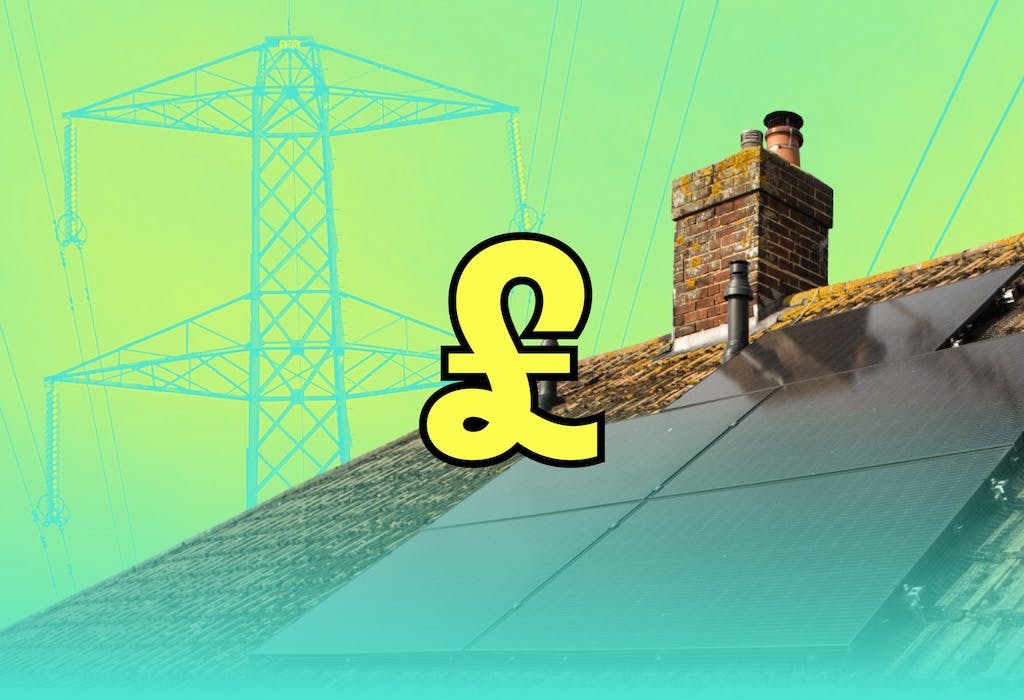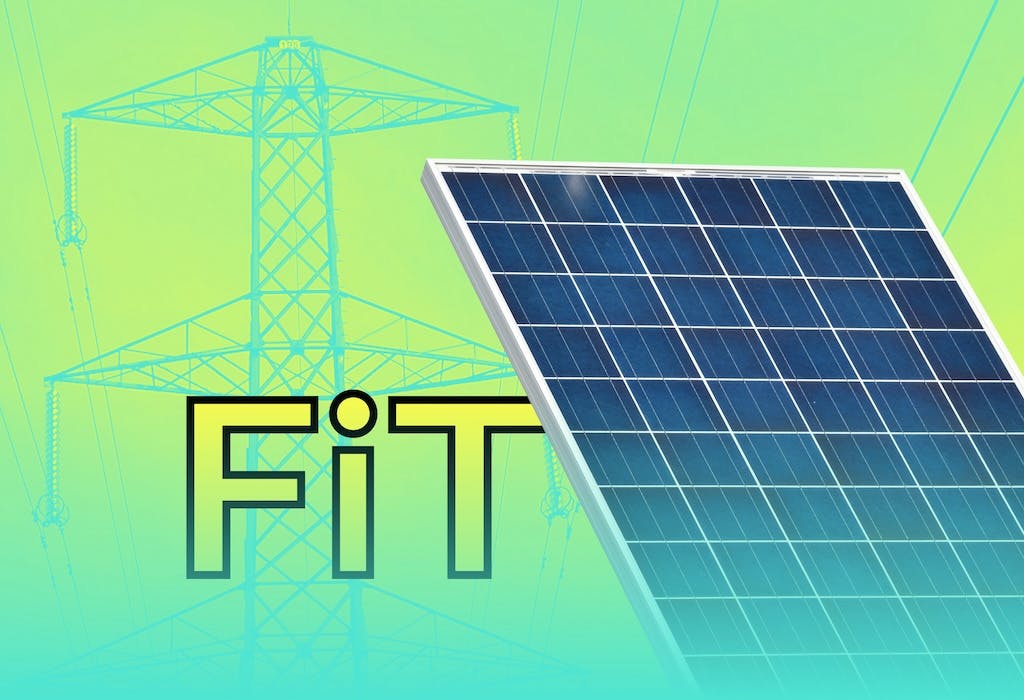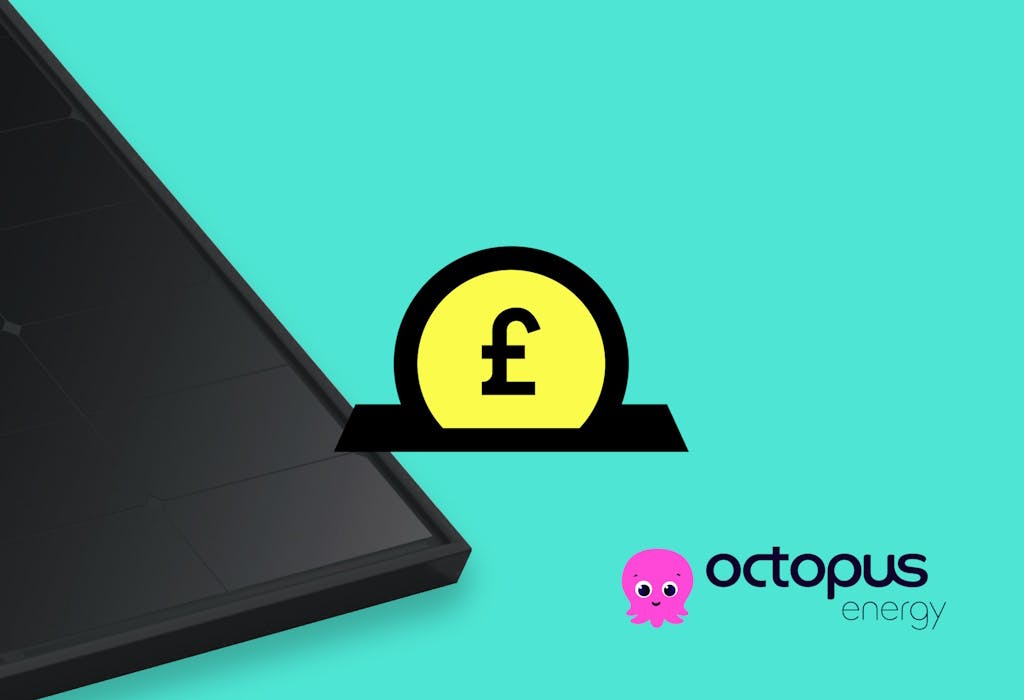- Solar advice hub
- Exporting-to-the-grid
- Selling electricity back to the grid: the expert guide
Selling electricity back to the grid: the expert guide
Here's how exporting solar energy to the grid works, how to sign up for an export tariff, and how much you can expect to earn.


Why you can trust our content
We know that the solar industry is full of misinformation, but we only use reliable sources, including:
- Our experienced solar experts, installers and system designers
- Our own database of solar & battery system designs
- Authoritative bodies like MCS and the UK government



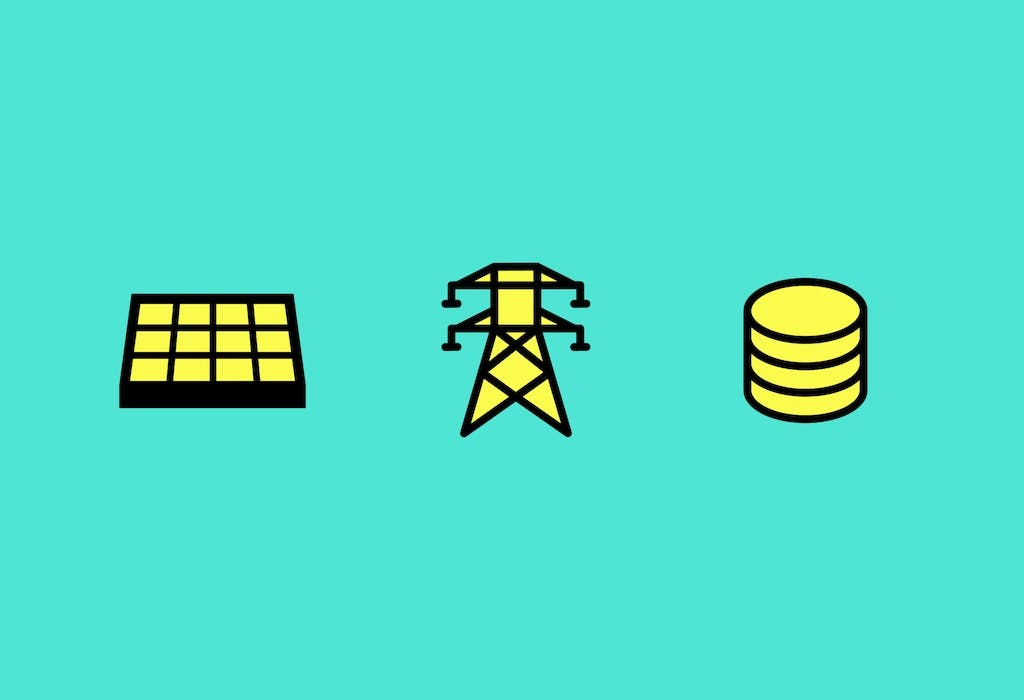
Calculate savings
What kind of home do you live in?
Calculate savings
What kind of home do you live in?
Selling electricity to the grid: at a glance
Solar panel systems can save you hundreds of pounds on your energy bills every year – but even with a solar battery, you’ll always generate more electricity than you can use.
That’s where solar export tariffs come in, to pay you for all the electricity you send to the grid.
In this guide, we’ll go through all the requirements of signing up for a solar export tariff, every step of the process, and how much you can expect to earn.
If you’re interested in how much you could save with a solar & battery system, answer a few quick questions below and we'll provide you with an estimate.
Find out how much you can save
What kind of home do you live in?
What is a solar export tariff?
A solar export tariff pays you for all the electricity you send to the grid.
At first, solar export tariffs were created in response to the government launching the Smart Export Guarantee (SEG) in 2020.
This initiative compels energy suppliers with 150,000 customers or more to pay households for any renewable energy – including solar electricity – they export to the grid.
But some companies have now released solar export tariffs that are more profitable than other SEG rates, making them the best export tariffs around.
How much will I get paid?
How much you’ll get paid by a solar export tariff primarily depends on two main factors: how many kilowatt-hours (kWh) of electricity you send to the grid, and the rate you sign up to, which will be measured in pence per kWh.
A typical UK household can earn £343 per year from exporting their excess solar electricity.
This figure is based on a home using 3,400kWh of electricity per year (which is the UK average ) with solar irradiance of 850kWh/kWp, a 4.6kWp solar PV system, and a 5.2kWh battery.
The home is signed up to Good Energy's Solar Savings tariff, and exports 65% of its solar electricity.
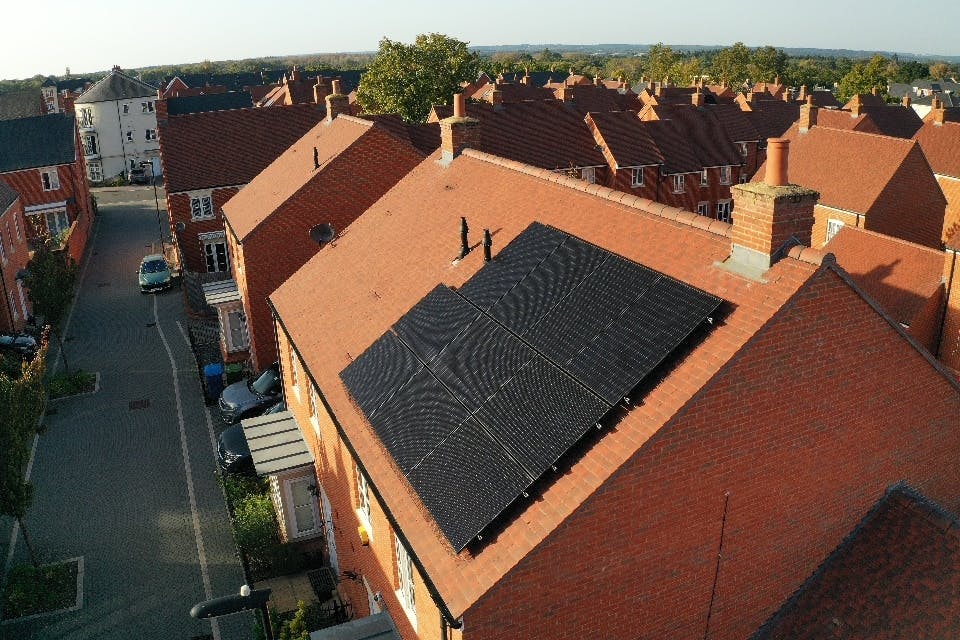
What are the requirements for a solar export tariff?
To sign up for a solar export tariff, you’ll always need to have a smart meter, as well as documents that prove you own a certified, permitted solar installation.
Some suppliers require you to own a specific brand’s solar panels or battery – usually their own – while others only offer their highest rates to customers in certain geographical areas.
And while you’re free to export your solar electricity to a different supplier from the one you import your electricity from, companies generally only make their best export tariffs available to their own import customers.
Here’s everything you may need to qualify for a solar export tariff:
- Solar panels
- A smart meter
- A document showing your system is certified under the Microgeneration Certification Scheme (MCS) or Flexi-Orb
- Proof that you own your solar panel system
- A successful G98 application if your inverter capacity is 3.68 kW or less, or
- A successful G99 application if your inverter capacity is more than 3.68 kW
- A single-line diagram or schematic of the system
- A solar battery
How do you sign up for a solar export tariff?
Once you have a smart meter and a solar installation that’s been certified by either the MCS or Flexi-Orb, you’re ready to sign up for a solar export tariff.
Just follow the steps below, and you’ll be receiving payments before you know it.
Verified expertSolar export tariffs used to be quite tricky to sign up to, but the market has moved on a lot, and in most cases there are now only a couple of documents you need in order to sign up (which we provide for you). It usually takes a couple of weeks for the supplier to complete your registration, then you’ll be ready to start exporting and earning.
Alfie Ireland
Head of Operations & Technical at Sunsave
Alfie has worked in green tech for over a decade. During his four years at OVO, he helped develop the world’s largest domestic vehicle-to-grid trial.
1. Choose your solar export tariff
The first step is to go through all the best export tariffs, and decide which of the highest-paying rates suits your household.
If your chosen solar export tariff requires you to move to a different electricity supplier, you’ll need to complete the switch before applying for that provider’s export tariff.
Customers who decide to receive an export tariff from the supplier they currently receive their electricity from won’t have to go through this process – but may lose out on savings.
2. Fill in an application form
Most export tariff suppliers have online applications, while others require you to email your completed form.
You’ll have to send a list of documents, either with your online application or just after submitting it. These files will vary depending on your supplier, but they can include:
- An MCS or Flexi-Orb certificate
- Photographic proof you have a smart meter
- A recent electricity bill / other proof of address
- Proof that you own the solar installation
- A schematic or single-line diagram of your system
- Proof that your DNO has approved your G98 or G99 application
- Your bank details, if you don’t already receive your electricity from the supplier
Once you’ve completed that process, you just need a smart meter, a system with solar panels and a compatible brand of battery.
3. Your export tariff supplier will contact your DNO
Within around two days, your export tariff supplier will process your application.
At this point, either your supplier should contact your Distribution Network Operator (DNO), which is the organisation that runs the hardware supplying electricity to your region.
The DNO will then provide your property with an export MPAN (Meter Point Administration Number) – a unique, 13-digit number that identifies your electricity meter.
This usually takes a DNO between one and four weeks, and is typically the longest stage of the sign-up process.
4. Send your supplier a meter reading
Around five days after your DNO creates your export MPAN, your supplier will ask for a first export meter reading, usually along with a photo to prove the reading is correct.
You can find this information on your smart meter.
If it’s not clear how to access your export data, just ask your export tariff supplier to walk you through the process.
5. You’re ready to receive payments
Once your supplier has verified your reading, all you have to do is sit back and wait for the savings to start rolling in.
Energy companies pay export tariffs at different intervals, though. While Octopus sends your revenues on a monthly basis, OVO and Good Energy pay out every three months, and E.ON only does so once per year – unless you specifically request quarterly payments.
The first payment you get will usually be backdated to when you sent off your application for the tariff, so don’t worry: you’ll be paid for all the electricity you export in the meantime.
Can you access other earnings on top of an export tariff?
You can access some other earnings on top of an export tariff.
Firstly, you can use your solar panels as efficiently as possible. If you don’t have a solar battery, this means using your appliances – like a washing machine, dishwasher, or oven – during the daytime, when your system is generating electricity.
If you do have a battery, but you’re on a standard export tariff without time of use pricing, you’ll simply want to ensure you use as much of your solar electricity as possible, as this will be more valuable to you than exporting it.
Almost all major energy suppliers have also signed up to the Demand Flexibility Service, run by the National Grid Electricity System Operator, which offers customers financial rewards for using less energy at peak usage periods in winter.
Households can register for this programme through their supplier – and if you have a solar & battery system, it’s relatively easy for you to profit (to the tune of around £3 per kWh).
This scheme is a type of virtual power plant. To learn more, read our guide on the topic.
Summary
Signing up for a solar export tariff is the best way to profit from the excess electricity your solar panels generate.
If you choose one of the top tariffs, you can make hundreds of pounds by selling electricity you weren’t going to use anyway – and help make the grid greener.
And as long as you follow our simple steps, the process should be quick and straightforward.
If you would like to see the savings you could get from a solar & battery system, answer a few quick questions below and we’ll provide an estimate.
Find out how much you can save
What kind of home do you live in?
Related articles

Written byJosh Jackman
Josh has written about the rapid rise of home solar for the past six years. His data-driven work has been featured in United Nations and World Health Organisation documents, as well as publications including The Eco Experts, Financial Times, The Independent, The Telegraph, The Times, and The Sun. Josh has also been interviewed as a renewables expert on BBC One’s Rip-Off Britain, ITV1’s Tonight show, and BBC Radio 4 and 5.



